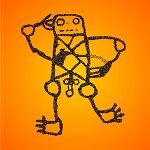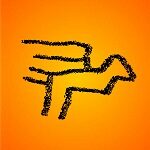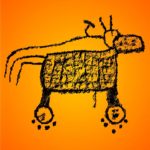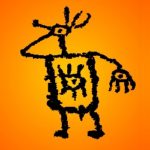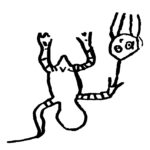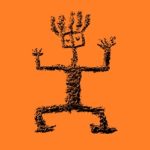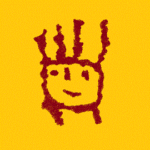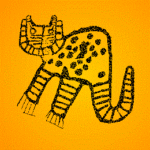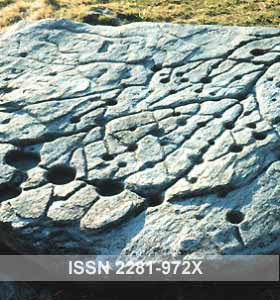 This paper is one of a series of studies that investigates the rock art of the Majes Rock Art Style (MRAS) in southern Peru. This time I focus on petroglyphs of long, pecked stripes that have been animated by the prehistoric Majes People. I now argue that those Animated Stripes and many other typical MRAS images (discussed earlier by me; see my bibliography), including another icon (the “Majes Spitter”, which is the subject of my next study) created the Toro Muerto Anomaly, which – unfortunately – is either unknown or neglected by archaeologists busy in the Majes Valley.
This paper is one of a series of studies that investigates the rock art of the Majes Rock Art Style (MRAS) in southern Peru. This time I focus on petroglyphs of long, pecked stripes that have been animated by the prehistoric Majes People. I now argue that those Animated Stripes and many other typical MRAS images (discussed earlier by me; see my bibliography), including another icon (the “Majes Spitter”, which is the subject of my next study) created the Toro Muerto Anomaly, which – unfortunately – is either unknown or neglected by archaeologists busy in the Majes Valley.
By Maarten van Hoek
